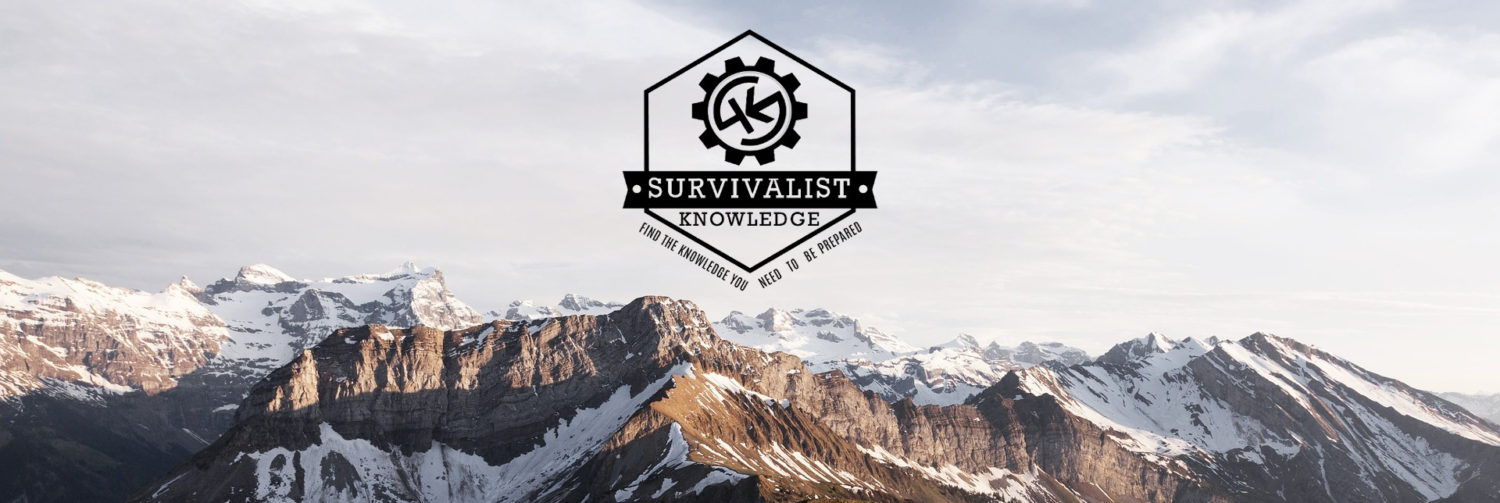If you’re in the middle of nowhere, having a supply of clean water is a primary concern. While you may have a bottle of water with you, that won’t last long. Knowing multiple ways to purify water will help you ensure that no matter where you are, if there is water present, you will have safe drinking water available.
Remember that before you can purify water, you have to find a good source. Streams and ponds are a good option but rain, snow, ice, and even dew can be collected for water. You can even get water by tapping a tree such as a maple and birch. Some of these sources may be safe without disinfecting, but it’s always a good idea.
1. Boiling
This method will kill bacteria and parasites in the water although it will not evaporate all types of chemical pollution. However, as one of the safer methods of disinfection, you can boil water for 5-10 minutes to be on the safe side. Make sure to boil over a fire or stove in a heat-proof container. You can also use heated rocks placed in the container of water if you’re in a pinch, although this method is less reliable.
2. Distilling
Distilling is one of the few ways to make salt water safe to drink. If you’re concerned about lead, salt, heavy metals, or other contaminants, then distilling your water is likely the best option. With distilling, you will heat the water into steam which will then be captured and revert back to its liquid state. This method won’t remove all contaminants such as certain organic compounds but it is a good way to remove most heavy particles. You can make your own distiller with a pressure canner and some small tubing. Simply connect the tubing to the steam vent and make sure that the other side of the tube ends in a bowl or other collection vessel for the water.
3. Survival Straw
One of the most convenient and easy to use water filter to carry around with you is a straw style filter. They can be used just the same as any drinking straw and some can also be connected to drain valves or other water sources. This filter will not get rid of every virus or bacteria but is a good option that’s lightweight and easy to carry. Most of these filters contain activated carbon which will filter out any large bacteria and pathogens in addition to odd flavors.
4. SODIS
Also known as solar water disinfection, this is a treatment method that relies on the sun for disinfection. The most common technique is to fill plastic bottles full of water and leave them in the sun for at least one day. The UV rays will kill or damage almost all of the biologically-based hazards in the water. The advantage is that it’s easy to use. However, it may not be a good option for any chemical contamination in the water supply.
5. Homemade Water Filter
It ‘s very easy to make your own water filter from basic materials in case of emergency. The only materials you need are a clean 2 liter soda bottle or any similar-shaped container, a piece of cloth or cotton, activated charcoal, sand and gravel. See our other article How to make a homemade water filter for more details.
6. Commercial Filter
Although you can make your own filter, it’s not a bad idea to invest in a commercial filter to stock with your survival gear. Pump filters use a pump to force water through a filter cartridge. The filters will not get rid of every single contaminant but will remove the most common bacteria and viruses present. They’re a good option for purifying large quantities of water.
Disinfecting or filtering your water supply is a necessary step. If you’re in an emergency situation, you’ll need to know what your options are for clean water. With this knowledge on how to purify water you’ll be able to turn almost any source of water into drinkable water.




